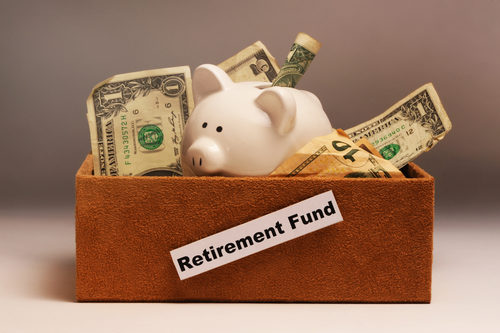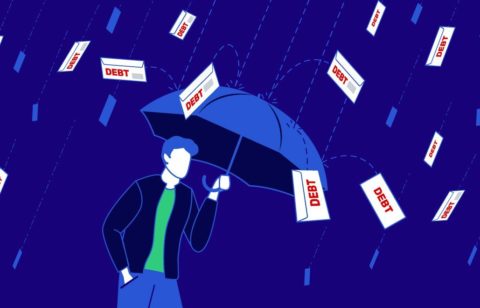In his January, 2015 State of the Union address, President Obama introduced a new savings plan called MyRA.
It has been promoted as an alternative for workers that lack employer-sponsored retirement plans, that have very little money, or that don’t know how to start investment accounts.
Who benefits?
The Department of the Treasury says MyRA’s primary objective is to help people save for retirement, but, beyond this, its key feature is accessibility. Mutual funds usually require minimum deposits of more than $1,000, which is more than most Americans can afford. In addition, participants invest in U.S. Treasury Bonds, which may not be great long-term investments, but can be good for novice investors.
A third advantage of MyRA accounts is that they’re transferable and can be rolled into another investment account, specifically a Roth IRA, which would offer more investment choices than the MyRA.
A safe return
One of the most significant advantages of a MyRA is that it has no costs or fees – unlike most investment options. The interest this plan will earn this month (January, 2017) is 2.375% APR.
MyRA accounts are safe. They earn the same rate of interest as investments in the Government Securities Fund, which earned 2.04% in 2015 and averaged 2.94% over the 10 year period ending December, 2015.
The key features of a MyRA
Here are six of the plan’s key features:
- Participants can have a portion of their pay automatically deducted and deposited into their MyRA accounts
- It’s available to anyone whose household income is less than $191,000 and whose employers choose to participate.
- When it comes to income taxes, the money deposited into a MyRA is treated the same as a Roth IRA – its earnings are tax-free but contributions are taxable.
- The initial investment in a MyRA can be as low as $25, and payroll contributions as little as $5.
- The maximum balance allowed in a MyRA is $15,000. After this, the money must be rolled into a Roth IRA.
- You can contribute any amount you choose – $2, $20, or $200 – whatever best fits your budget
- What you need to get started
Opening is a breeze. All you’ll need is your Social Security number, your driver’s license, U.S. passport, state ID, or military ID. If you have none of these, you can open your account using an ITIN (Individual Tax Identification Number), but to do this, you will need to contact MyRA’s customer support.
To make a deposit
You can make deposits to your MyRA from your paycheck by completing a direct deposit authorization form you give to your employer, or you may have to follow your company’s process. Money will then be deposited into your MyRA account every paycheck.
It’s also easy to make deposits from your checking, savings, or another kind of account. All it requires is linking your MyRA account to your personal account, either when you sign up or once you open an account. You can then set up either a one-time or a recurring contribution.
Some think it’s a Ponzi Scheme
It’s hard for our government to do anything without being criticized, and the MyRA is no exception. For example, Geoffrey Pike, who writes for the website WealthDaily has called MyRA a “Ponzi scheme.”
The problem according to Pike is that President Obama was using it as a short-term solution to help offset the deficit and a longer-term plan to kick the problem down the road.
Lou Rockwell, who writes for the Birch Gold Group, has said that the MyRA should terrify anyone that invests in this program.
He also notes that while our government points out that the Government Securities Fund earned 2.375% in January, 2017, its return in 2012 was just 1.5%. If you’ve been paying any attention at all to the price of stuff, you know that a 1.5% return just isn’t good enough.
It may be better than nothing
There are certainly potential downsides to this program, but if your employer doesn’t offer any kind of retirement plan, and if you can’t afford to get started in an IRA or Roth IRA, this new program is better than nothing.
For more information
If you’d like to know more about MyRA, here’s a video with more information including some of the more important pros and cons of this new program.
https://www.youtube.com/watch?v=SHQOjZv3wt4







